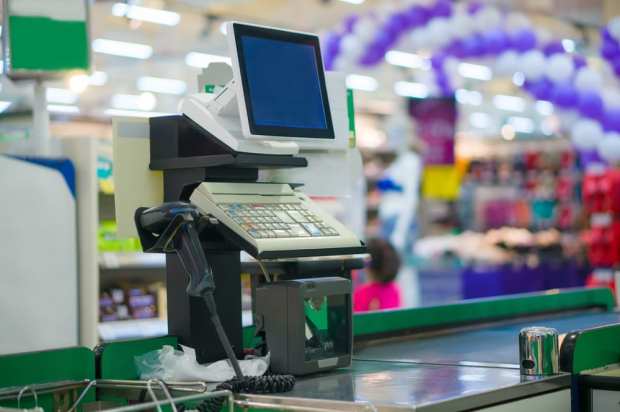Beyond Registers — What’s Next For Retail Store Payments?

Is the store register on its way out in favor of other retail and payments innovation?
That’s probably a bridge too far when thinking about the recent register outage suffered by Target, but it’s a question that’s likely on the minds of some this Monday (June 17).
In case you didn’t hear, Target faced a register outage that lasted for about 90 minutes on Sunday (June 16), which meant the retail chain couldn’t process cards or other forms of payment. The complication caused long lines and wait times in the store, and the company placed the blame on an issue related to a vendor, according to a report by Reuters. The outage was the second one in a week experienced by the retail giant, and the company blamed payments vendor NCR, saying that there was an issue in a data center that completely affected the store.
The event comes as more retailers and payment services companies are striving to move beyond the traditional brick-and-mortar point-of-sale (POS) register.
Commerce is done across brick-and-mortar and online conduits, with plastic cards and in-app payments. Merchant acquirers — and, of course, merchants — must be aware of how consumers want to pay, and when and where. No easy task when POS systems are limited, in function and scope, by information conveyed. Simply speaking, limiting commerce to a terminal is … well, limiting.
In a recent interview with PYMNTS, Martina Jeronski, vice president at AEVI International, based in Germany, said the movement beyond hardware means embracing software and services. It’s a trend that will last several years for providers and the merchants they serve, with a focus on an “open ecosystem” that connects disparate parts of the commerce experience.
To underpin such inexorable trends, she pointed to the emergence of the “smart POS” that uses software to connect various parts of a business — all geared toward creating a robust “point of interaction” with the consumer. The interaction point comes amid a steady flow of data as devices, software and the continuum of commerce itself all play across any number of apps.
Sound, too, could end up playing a bigger role in retail payments innovation. That’s the message from a company called LISNR, at least. The company sells ultrasonic sound transmission technology for use in retail and payments — and is a part of the METRO Target Retail Accelerator, certified by Techstars.
As Chris Ostoich, co-founder of LISNR, put it during a PYMNTS interview, “LISNR enables merchants to mimic an NFC-like experience but with a potentially more favorable fee structure the QR code, as LISNR continues to be positioned as a card present alternative.” He added, “Our customers buy our product because we offer advantages over the technologies mentioned here. For merchants wanting to enable better mobile wallet experiences at POS and throughout the other customer journey areas, they do not have access to NFC so find themselves stuck and substitute using a QR code. This QR code can lead to a more expensive transaction and a less seamless experience compared to NFC.”
Such technology reflects a trend in the wider world of retail and payments in which various types of wireless communication are used to broaden and deepen the customer experience, and to give merchants — inside stores as well as via online and mobile channels — more capability to serve customers on their own terms.
Target is apparently back up and running as normal, but its recent register outage could provide at least a small opening for other payment technologies over time.
